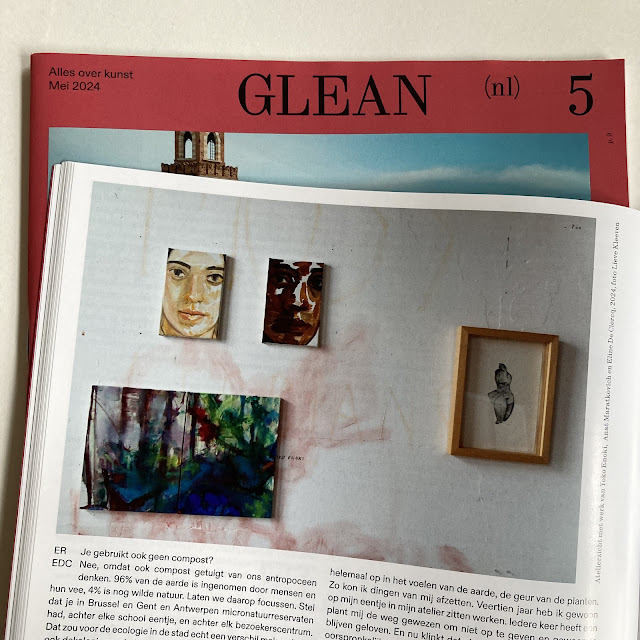Please come and join us for the show & tell session by ARCUS Research 2024 participants
Angelica Ong
Eline De Clercq & guest artist Yoko Enoki
Michiel Huijben
Thursday August 1st, 14:00 - 15:30h
ARCUS studio 2418 Itatoi, Moriya, Ibaraki 302-0101 JAPAN
We will briefly introduce our research projects. My research at the Royal Academy of Fine Arts extended into studying the Japanese gardens from an ecological and artistic practice. I'm currently visiting all kinds of Japanese gardens, from very wild to highly cultured. My curiosity leads me into the naturecultures of gardens, but it also took a surprising turn. Getting lost in the countryside I have been looking at maps, entering the gardens I received a map, I wonder if the places we live in are actually gardens? Did we, as early hominids, create first a garden or a house? What were early gardens like? The boundaries we returned after spending the summer or winter in a place with lots of food? Did we have gardens before we had a house? Are houses our extended gardens?
To visualise this thought Yoko Enoki joined me in an experiment of map-making. We painted a map of Moriya as a garden. Moriya is the village ARCUS calls home, a green town with a huge sky. I am surprised by the nature in this town. If Antwerp is a garden I would look at it differently, I would be shocked by the pollution, the lack of green, the harsh roads for cars, the lack of small playgrounds. And maybe Antwerp is a garden, only we forgot to see it for what it really is. Did we ever stop gardening?
 |
| Research residency at ARCUS in beautiful Moriya |
 |
| The big skies of Moriya, seen from a carpark. |
 |
| A cloud of mycelium (or a different fungus?) after an old tree died is still visible like a white shadow on the soil at Meiji Jingu in Tokyo. |
 |
| At ARCUS Yoko Enoki and me experimented with map making, we used linen canvas from Claessens in Waregem that I carried all the way to Moriya. |
During the show & tell Yoko and me will explain how our map works, and how our practices evolve with research. This is an inspiring experience that gives me energy and opens new perspectives in artistic experiments. A big shout out and thank you to the staff at ARCUS who create these residencies, Makiko Onda and Yumiko Fujimoto you are truly amazing.
 |
| This residency has been made possible with the support of Flanders. |















